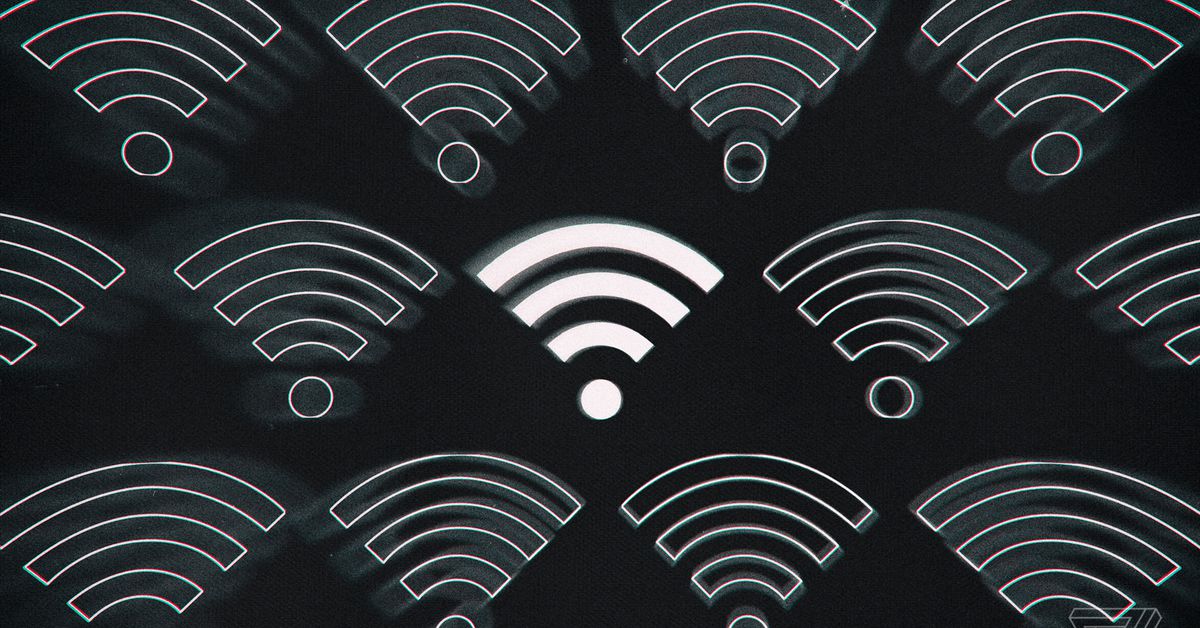How Pink Fund Helps Take Care Of Cancer Patients Outside Of The Hospital
Thirteen percent of women living in the United States will receive a breast cancer diagnosis this year, some 298,000. Fortunately, precision medicine has evolved to better treat cancer. However, treatment can be financially catastrophic. How expensive is it for...

Thirteen percent of women living in the United States will receive a breast cancer diagnosis this year, some 298,000.
Fortunately, precision medicine has evolved to better treat cancer. However, treatment can be financially catastrophic.
How expensive is it for breast cancer patients to get treatment? According to some estimates, totals can range upwards of several hundred thousand dollars. And that’s just for medical fees like outpatient appointments and hospital stays, not everyday household bills impacted by lost wages.
This is why an organization like Pink Fund is so welcome in the space to offset the fiscal hardships of breast cancer. Pink Fund offers help and hope in the form of short-term financial support. The financial aid helps patients in paying daily cost of living expenses, for housing, transportation, utilities and insurance. Handling all the issues any cancer brings is difficult enough. Figuring out how to make ends meet shouldn’t be part of the equation.
A Cancer Grant That Gives Added Financial Lift to Individuals and Families
Like so many cancer-focused nonprofits, Pink Fund was founded by a breast cancer survivor, Molly MacDonald. Though MacDonald was fortunate enough to be diagnosed at an early stage, her cancer left her unable to work. It wasn’t long before the lack of a second household income turned her and her family’s lives upside down.
Determined that no one should have to face a similar fate, MacDonald eventually launched Pink Fund. What makes it especially unique is that it only covers non-medical expenses. Recipients of a grant from Pink Fund must be in active treatment and must apply to the organization. Once approved, household bills are paid directly to their creditors. Support can last up to three months with a cap of $3,000.
Endless Benefits From a Grant Program for Breast Cancer Patients
Between 2006 and 2022, Pink Fund made more than $6.8 million in payments on behalf of breast cancer patients. In the same time period, it earned attention from powerhouse brands including Ford Motor Company, Snap-on Tools and Ernst & Young. One reason for its many kudos and honors is the benefits the funding provides.
What advantages does Pink Fund bring to the table for people who’ve been told they have breast cancer? Below are five of the organization’s most notable characteristics.
1. Pink Fund covers an unmet need.
Many people who have breast cancer may have health insurance. Yet having health insurance can still mean many out-of-pocket expenses in co-pays, travel, coinsurance, and deductibles. Additionally, some health insurance won’t cover all types of cancer treatments. This sudden outlay of cash can put a hefty strain on a household budget.
Remember: Most adults have less than around $6,400 in savings. Those savings and retirement dollars can be tapped out very quickly by expensive cancer treatments, therapies, and drugs. When the money runs out, people can find it challenging to pay their everyday bills. Pink Fund provides a way for them to keep up with the mortgage, car payments, insurance and utilities. The relief from worrying about how to remain on the treatment plan versus paying one’s basic bills,” is significant when battling cancer.
2. Pink Fund makes it easier to be a compliant patient.
It’s not unusual for women and men diagnosed with breast cancer to skip appointments and treatments. The reason? As one 70-something patient explained to The New York Times, she couldn’t justify the price. Therefore, she felt no choice but to sacrifice her physical wellbeing and future for her financial well being. Younger patients often don’t have savings or retirement funds to draw from, and may be making payments for college debt.
Treatment compliance is critical when it comes to long term survival and in some cases, even being cured. Recipients of Pink Fund grants have less trouble covering other bills. They’re able to get the medical care when needed as recommended by their health care professionals.
3. Pink Fund is open to many individual and family situations.
Rather than being limited only to low-income individuals and families, Pink Fund has a much higher threshold. Applicants just need to have an income that’s not 500% above the federal poverty level. For a family of four, that translates to an annual income of $150,000 or less, and allows Pink Fund to rope in the middle class, who often do not qualify for assistance programs.
4. The Pink Fund helps reduce stress.
Hearing you have breast cancer is devastating. Learning the cost of your care could bankrupt you leads patients to consider life altering decisions. Cancer can and does lead to credit problems and sometimes even bankruptcy. Two-thirds of bankruptcies are traceable to medical bills.
Although each one-time grant from Pink Fund ends within 90 days, it can be the temporary fix a cancer patient needs. Never forget that patients who can focus their intentions on healing tend to improve their chances of survivorship. Studies show a correlation between chronic stress and cancer development. Removing just a few stressors could make a significant and palpable difference.
5. The Pink Fund provides onsite resources.
A major benefit of Pink Fund on its website is easy access to the application. The site’s not just designed to be a place where people can apply for short-term grants. It also offers a guide on how to help financially navigate treatment, along with ways for loved ones, friends, and anyone looking to get involved.
One day, breast cancer may be eradicated. Until then, it’s comforting to know patients and their families have Pink Fund to turn to. With Pink Fund, they can concentrate on getting better, not on just getting by.
Featured Image Credit: by Thirdman; Pexels; Thanks!
![]()
Deanna Ritchie
Managing Editor at ReadWrite
Deanna is the Managing Editor at ReadWrite. Previously she worked as the Editor in Chief for Startup Grind and has over 20+ years of experience in content management and content development.

 Aliver
Aliver 




























![Is Your SEO Strategy Built for the AI Era? [Webinar] via @sejournal, @hethr_campbell](https://www.searchenginejournal.com/wp-content/uploads/2025/07/6b-240.png)



